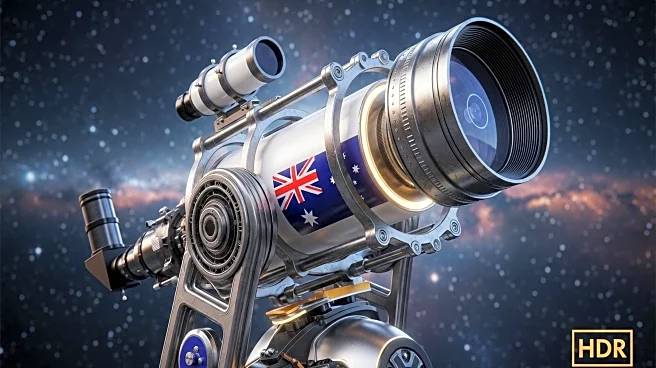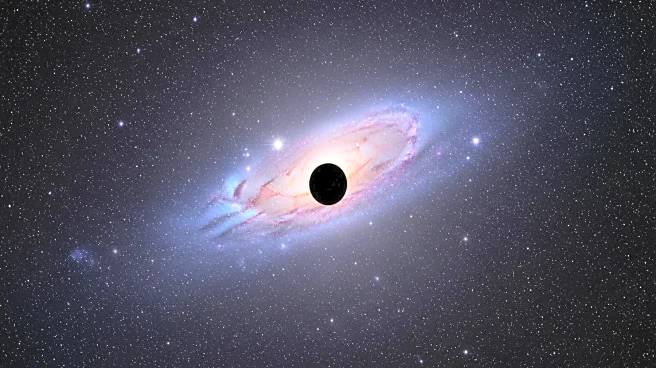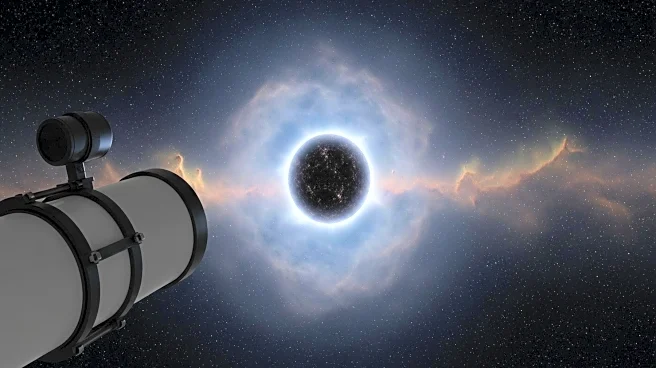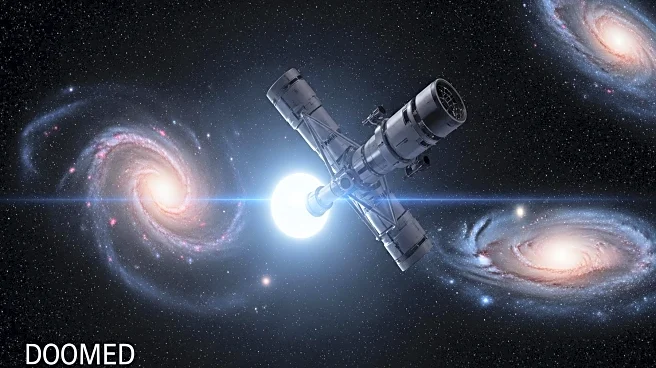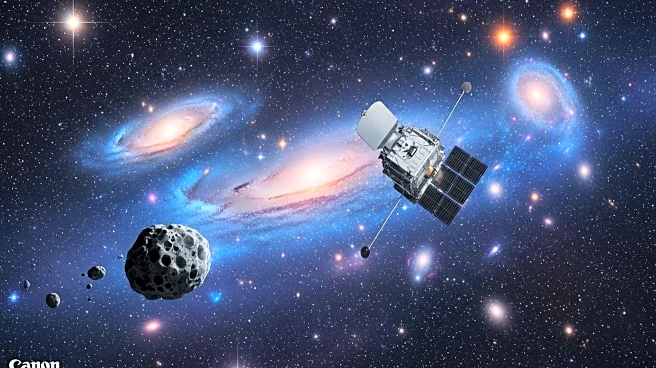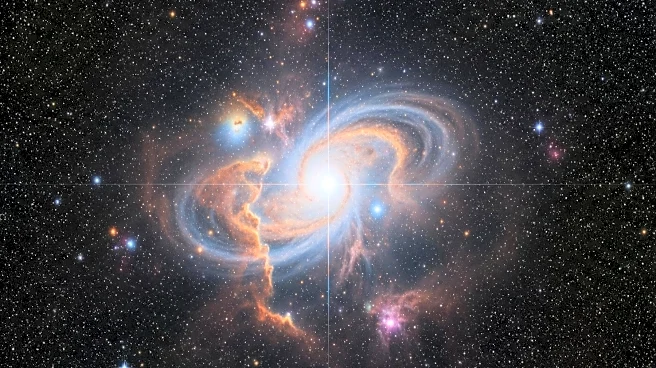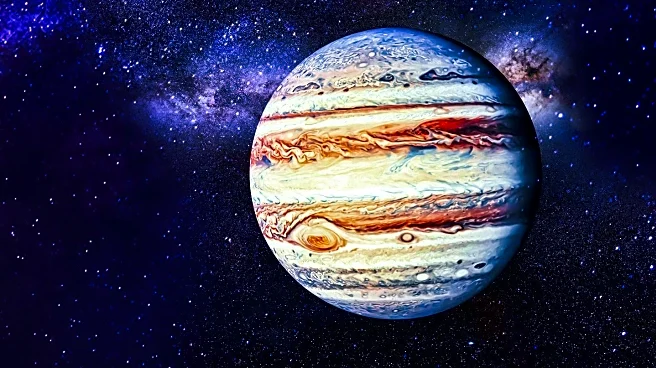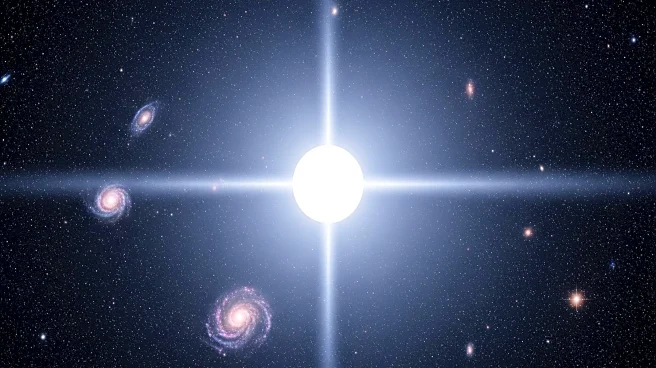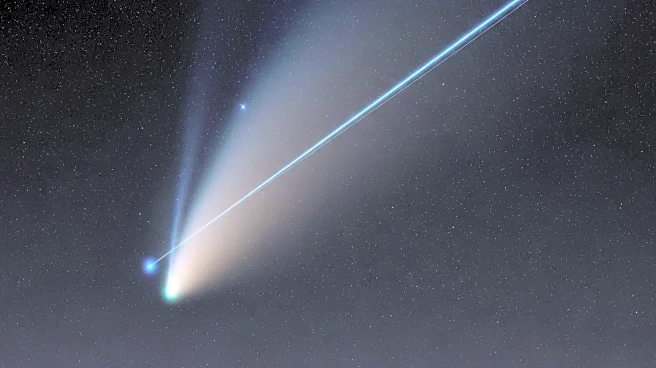What's Happening?
Researchers from the University of Sydney have developed a software solution to correct image blurring in the James Webb Space Telescope (JWST). The blurring was caused by electronic distortions in the telescope's infrared camera detector, affecting the performance of the Aperture Masking Interferometer (AMI). The software, named AMIGO, uses advanced simulations and neural networks to model the telescope's optics and electronics, effectively de-blurring images and restoring the AMI's full sensitivity. This breakthrough allows the JWST to achieve sharper detections of celestial objects without the need for a costly space mission or astronaut intervention.
Why It's Important?
The development of AMIGO is significant as it enhances the scientific capabilities of the JWST, allowing for more precise observations of stars, exoplanets, and other celestial phenomena. This software solution exemplifies how technological innovation can overcome challenges in space exploration, potentially saving millions in costs associated with physical repairs. The improved imaging capabilities could lead to new discoveries in astronomy, benefiting researchers and expanding our understanding of the universe.
What's Next?
The research team plans to distribute the new code to scientists working with the JWST, enabling broader use of the enhanced imaging capabilities. The findings will be presented at SXSW Sydney, and the software's impact on future astronomical research is expected to be substantial. Continued monitoring and application of AMIGO may lead to further improvements in space observation technology.
Beyond the Headlines
This development highlights the growing role of software solutions in space exploration, reducing dependency on physical interventions and promoting cost-effective advancements. The success of AMIGO may inspire similar approaches in other areas of space technology, emphasizing the importance of interdisciplinary collaboration in scientific innovation.


